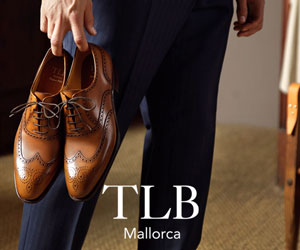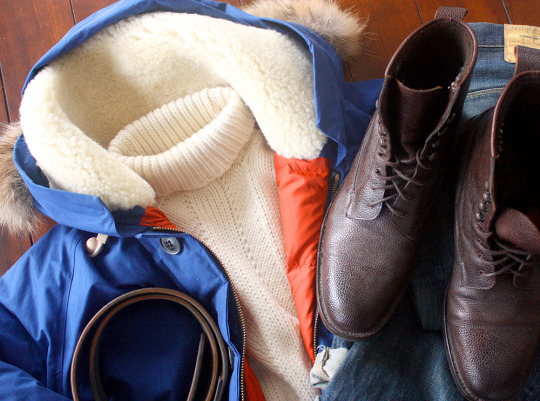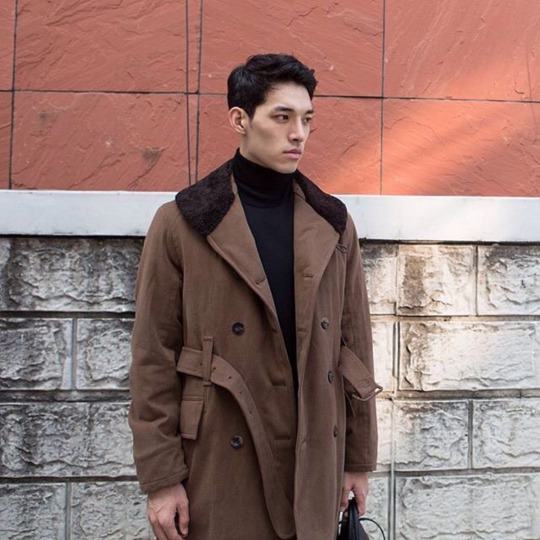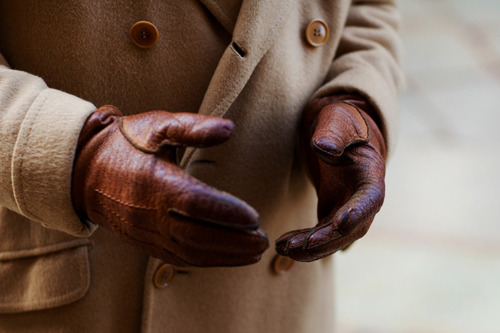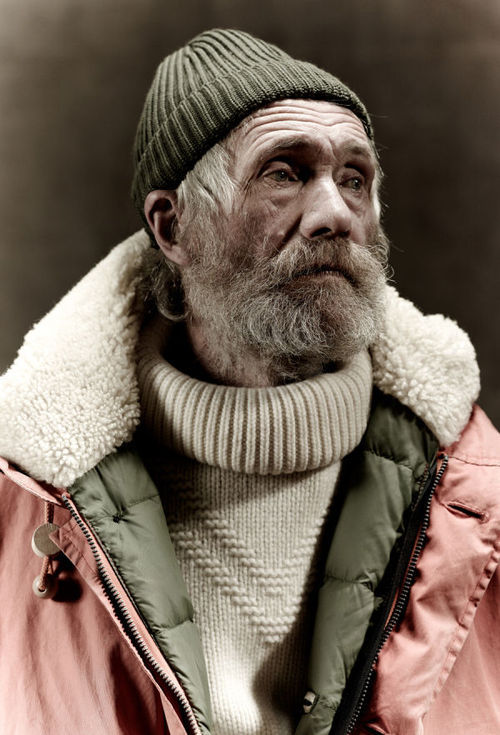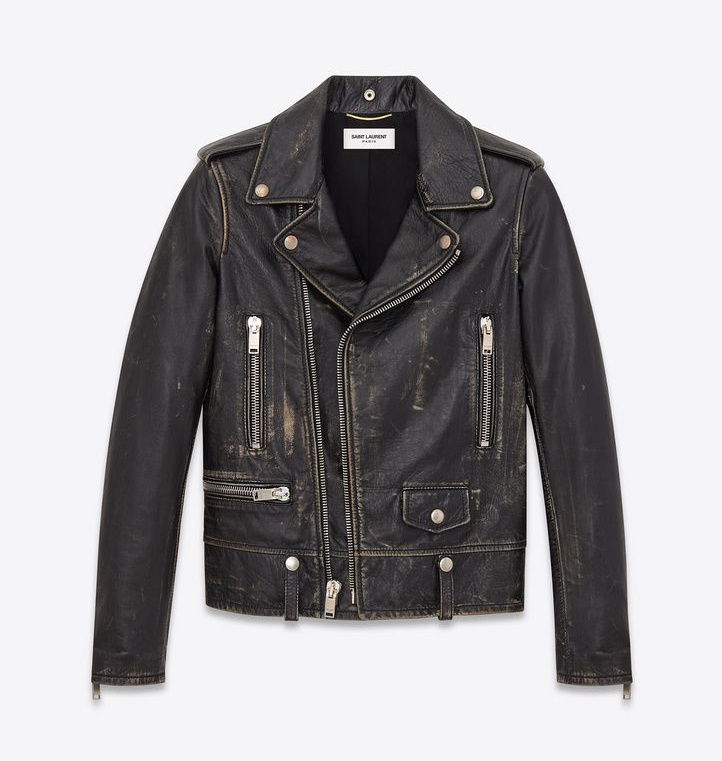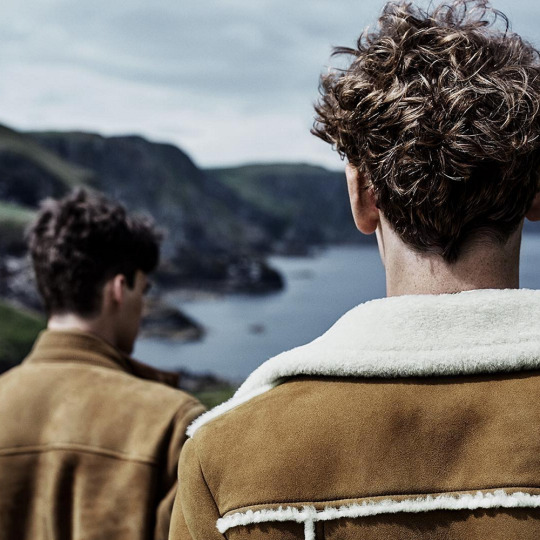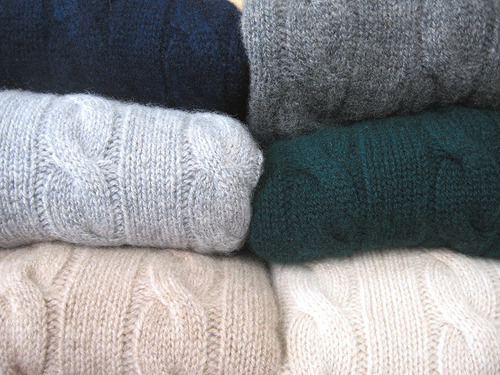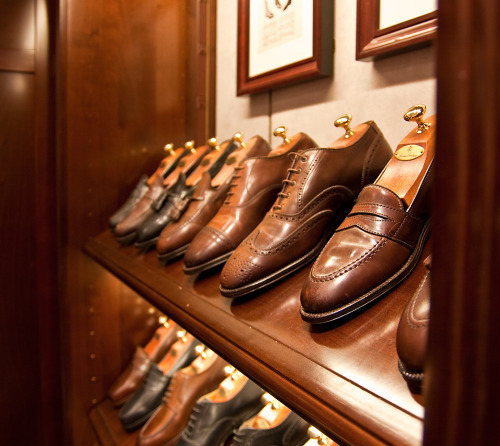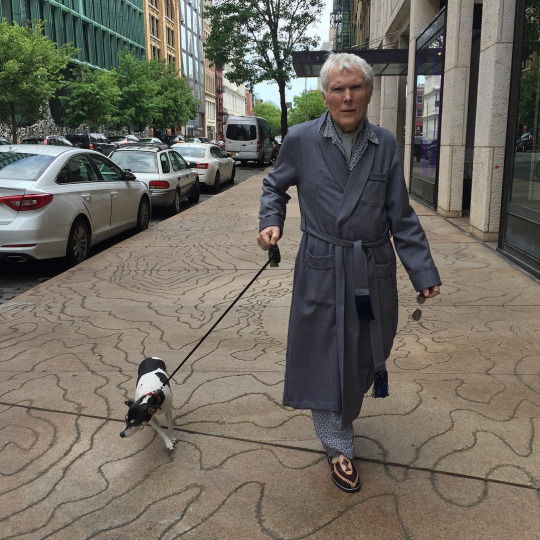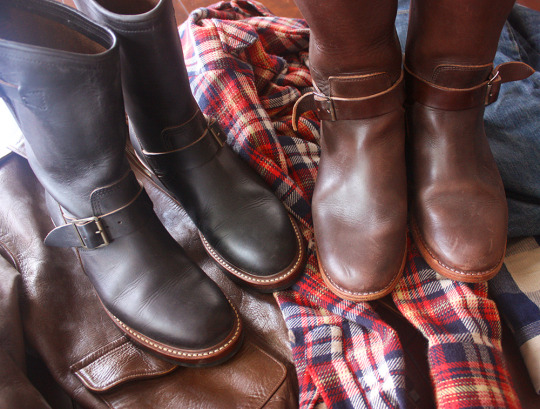
These boots have been sitting in my closet for a while. I bought them a couple of years ago when I was getting into heavy horsehide jackets and flannel shirts. These days, when I’m not in sport coats, I’m usually wearing more contemporary takes on casualwear – or off-beat riffs on classics – but when it was raining heavily last week, I broke out my engineer boots again.
Much like the five-pocket jean and oxford shirt, the engineer boot is an American classic. A Heddels writer once described them as having the ruggedness of Pacific Northwest logging footwear, but the simplicity of English riding boots, which sounds about right. Engineer boots are defined by their tall, stove-pipe shaft and roller-buckle ankle strap (often accompanied by a similar strap around the calf). The style was originally worn by railmen – particularly those who shoveled hot coals into engines – because they offered protection from sharp shovels and fiery embers.
Like a lot of workwear, engineer boots became popular as everyday, casual garb around the 1950s, when more rugged styles were adopted by youths and returning veterans seeking to carve out new identities (ones that defined them as separate from the flannel-suit-wearing elites). Members of motorcycle clubs first started wearing them as part of their double-rider uniform, as the smooth design ensured that no shoestrings would get caught in their bikes. Later, Marlon Brando and James Dean helped spread this look through their various movie roles, which is what made them popular with youths. By the end of the decade, engineer boots carried a sort of bad-ass connotation that has stayed with them to this day.
Keep reading



